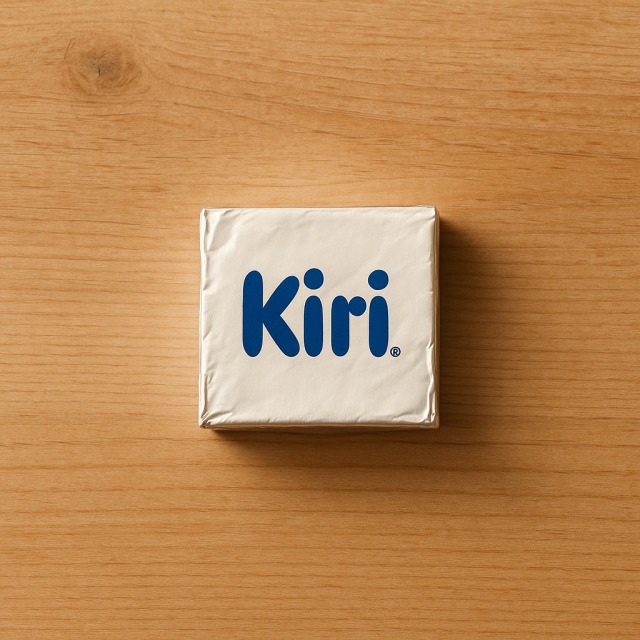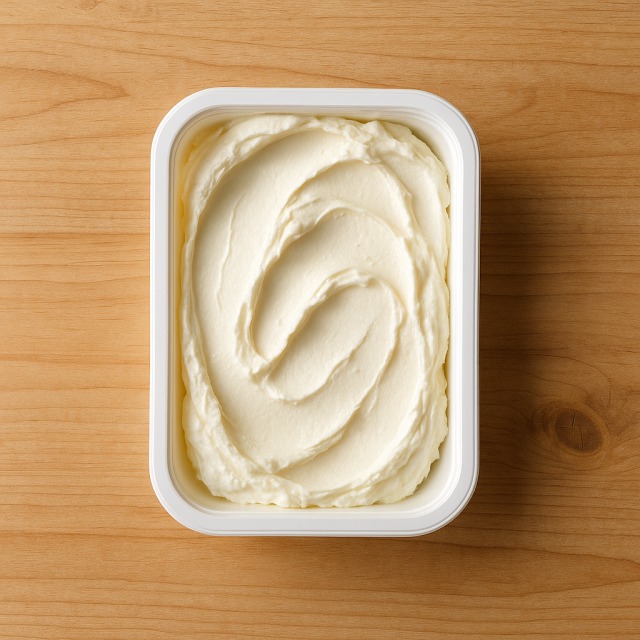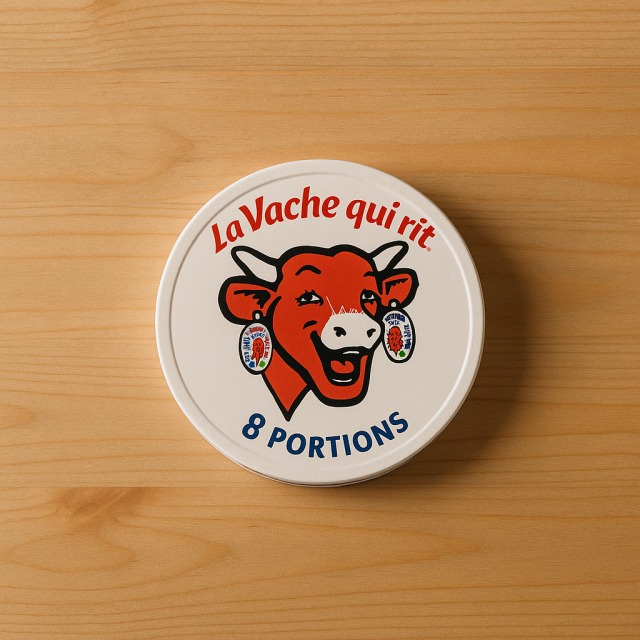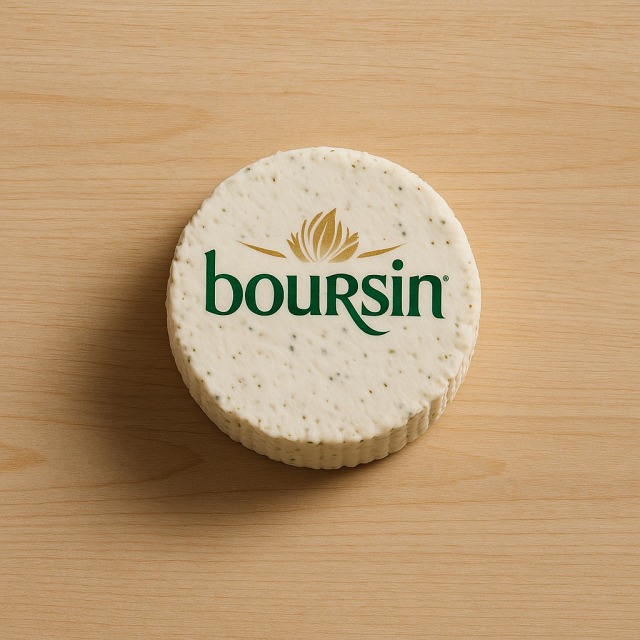Calorie Chart / Cheeses / Kiri
How Many Calories Are in Kiri?
Calculation of the nutritional value & Recommended Dietary Intake of Kiri
For g and a calorie requirement of kcal
| Calories 66 kcal | Proteins 1.7 g | Lipids 0.4 g | Carbohydrates 6.4 g |
| 3% | 2% | 1% | 2% |
Health benefits of Kiri

Kiri - 100g
Calories 330 kcal
Proteins 8.5 g
Lipids 2 g
Carbohydrates 32 g
Kiri belongs to the family of soft processed cheeses and is considered a moderate-calorie choice among dairy spreads. Thanks to its milk base, it supplies a useful dose of calcium and phosphorus that contribute to normal bone maintenance, as well as vitamin A for eyesight and skin, and vitamin B12 that helps reduce tiredness. Its 8.5 g of proteins per 100 g may support muscle repair, an argument often advanced by athletes watching their calorie intake.
Compared with harder cheeses that can exceed 400 kcal, this spreadable portion offers a slightly lighter alternative while still delivering creaminess. Sodium is present in moderate amounts, so people on a low-salt diet should keep an eye on their daily calorie and salt balance. Invented in France in 1966, Kiri was designed to appeal to children with its mild taste and practical square portions wrapped in foil—an innovation that quickly conquered lunch boxes worldwide.
Although no large clinical trials exist, some consumers credit Kiri with being easier to digest than strong-flavoured, longer-aged cheeses because of its short fermentation time (a supposed benefit that remains to be proven scientifically). Overall, within a balanced diet, Kiri provides variety, flavour, and a creamy mouthfeel without reaching the very high-calorie density of many matured cheeses.
Tips for incorporating Kiri into a balanced diet
To keep calories under control, spread one Kiri portion on a slice of wholemeal bread and add fresh tomato and cucumber slices: the fibres will enhance satiety. For a protein-rich snack after training, roll Kiri into a wrap made with smoked salmon and baby spinach leaves—far lighter than using mayonnaise while still keeping calories in check.
Kiri also melts easily into hot dishes. Stir a cube into puréed pumpkin soup instead of cream or fold it into mashed potatoes for extra smoothness without overloading your calorie budget. Fans of sweet-savory pairings can whip Kiri with a spoonful of honey and serve it as a dip for apple wedges from a crisp apple.
If you are planning a cheese board, balance Kiri's creamy texture with a harder choice such as Emmental and fresh crudités like crunchy carrot sticks. Remember that portion size is key: one classic 20 g square provides roughly one-fifth of the 100 g reference, making it easier to monitor daily calorie intake.
Frequently Asked Questions
- How many calories are in Kiri?
- Kiri provides 330 kcal per 100 g.
- Is Kiri lower in calories than The Laughing Cow?
- Yes, on average a 100 g serving of Kiri contains slightly fewer calories than most portions of The Laughing Cow, but always check the label because recipes can vary.
- How many calories does one individual Kiri square contain?
- A classic 20 g square delivers about 66 kcal, making it easy to track your daily calorie intake.
- Can I use Kiri in cooking without adding too many calories?
- Absolutely. One portion melted into a vegetable soup or mixed with steamed broccoli florets adds creaminess for a modest number of extra calories compared with cream.
- What is the best way to burn off the calories from a Kiri portion?
- A 30-minute brisk walk or 15 minutes of swimming generally expends roughly 60–70 kcal, equivalent to one Kiri square, though the exact calorie burn depends on body weight and intensity.
Similar foods
Information provided by Calorie Menu may contain inaccuracies or errors. It cannot, under any circumstances, substitute medical advice or medication.










